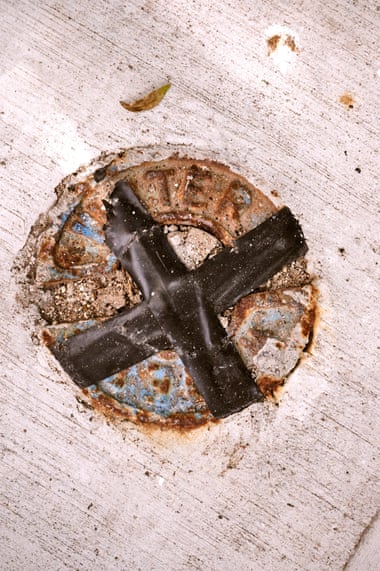According to a Guardian investigation, some US cities are now essentially telling residents: pay up for the replacement or get more poison in your water.
America’s massive lead problem came into focus in 2015, when thousands of mostly Black residents in the city of Flint, Michigan, were found to have been poisoned by lead in their drinking water. Since then it has become clear that this problem is systemic and widespread, and that many other Americans lack access to a fundamental right: water that is reliably safe and clean.
The issue of low-income residents being left out of lead line replacements – or even getting more lead because of partial fixes – has become a flashpoint that environmental groups, the EPA and local governments like Providence are now trying to address. But the actions are a drop in the bucket of a massive, nationwide problem.
Solving part of the problem only makes it worse
In the 19th century, pipes made of malleable and durable lead helped drive the explosive growth of American cities. Sentiments started to shift later in the century, as medical journals documented occasional epidemics of severe, waterborne lead poisoning, causing such symptoms as blue-lined gums, incapacitation and even death.
The US Centers for Disease Control and Prevention has said there are no safe levels of lead, which is now recognized as a neurotoxin that can cause lower IQ, developmental delays and behavioral problems in children, as well as kidney and cardiovascular problems in adults.
But there are still up to 12.8m houses and apartment buildings connected to the water system with lead lines in the US, according to the Natural Resources Defense Council.
These lead service lines, as they are known, fork off from the water main, which follows the course of the street, like branches from a tree trunk, and supply individual buildings. In doing so, these lines pass from public property on to private property. Cities that are undertaking lead replacement programs often ask homeowners to pay to replace the portions under their private property. If owners don’t pay, some cities essentially cut the lines in half, removing the city-owned portions of the lead lines but leaving the lines on private property intact.
One problem, for those in buildings with no replacements, is that they still have lead pipes. Another is that disrupting or cutting the old pipes can cause more lead to break loose and flow into the residents’ water.
In 2011, the EPA’s science advisory board said the tactic is “frequently associated with short-term elevated drinking water lead levels for some period of time after replacement, suggesting the potential for harm, rather than benefit during that time period”.
The American Water Works Association, an industry group for water utilities, recommends against doing partial replacements of lead pipes. “You’re getting rid of some lead, but in the process, you’re disturbing the system and may be stirring up more lead than if you had just left the whole thing alone,” said Paul Olson, senior manager of standards for the group, in a 2017 trade article.
‘They want to dump responsibility on the homeowner’
The letters announcing that pipes would be removed as part of a water system rehabilitation job went out in Bautista’s neighborhood of Washington Park in spring 2021.
Ahead of the construction work, the city urged customers to pay to replace the portion of the lines located on their private property. It offered to cap the cost at $4,500 and to provide residents a zero-interest loan, which they could re-pay at $37.50 a month for the next 10 years. It warned that not doing so put them at risk of exposure to more lead.

A number of states, including Michigan, Illinois, and New Jersey, have banned partial replacements. Yet a ban does not necessarily mean an end to lead. In Chicago, for instance, working-class residents who make above the low-income line are asked to take out loans to foot the costs. The price tag for a pipe fix there: $15,000 to $26,000.
Source: Revealed: US cities refusing to replace toxic lead water pipes unless residents pay

